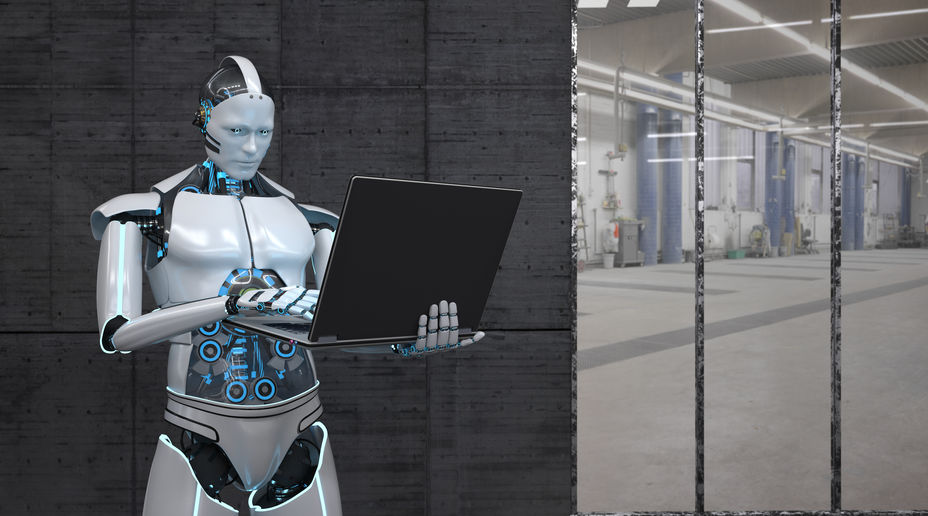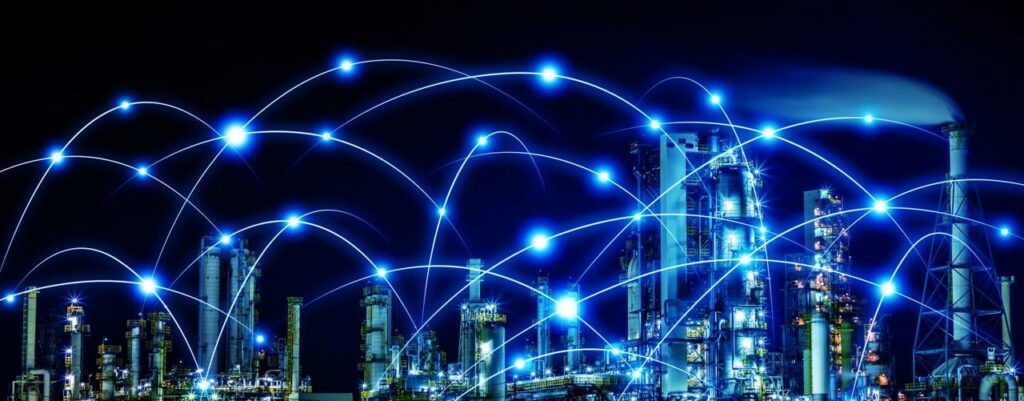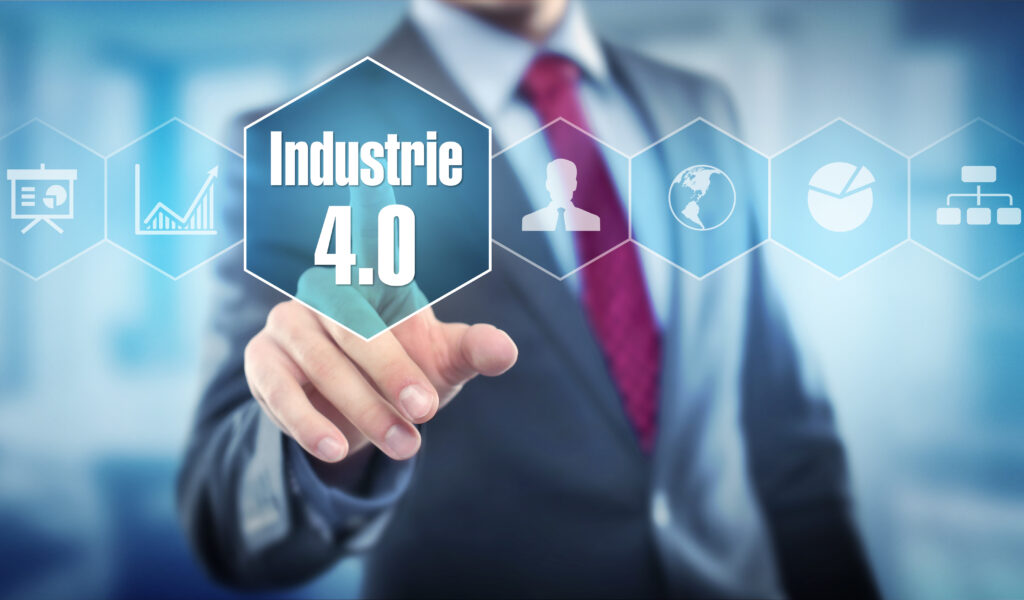Change of leisure activities and technical development
Yesterday, I held an interesting chat with my ten years old son: between the two of us, we were trying to reconstruct how afternoons after work or school would be in different time periods. During the last year, children his age spent most of their time, watching YouTube or TikTok videos created by their friends. 2018, they watched videos created by YouTubers they had no personal relation to. Previously, we probably spent most of the time on some social networks. Some years ago, we would probably be surfing the internet. Before that, watching TV, reading the newspaper and earlier on, reading a book. Further back in time, we would probably spend the time in a bar or at home under the candlelight. And in ancient times, sharing experiences, stories and anecdotes verbally was the most frequent activity. The important thing is not only how life changed and brought us to this point where most of society depends on a smartphone, but the transcendent thing is how fast these changes have been happening. Nowadays, these changes happen in a matter of months or weeks and are even more profound in terms of technological and social disruption. No doubt this shows us, ordinary humans, that something big and exponential is about to happen (if we look at it on a time – impact curve). This without mentioning technology and scientific advances which are less perceptible for us, common people.
Definition of technological singularity
In sciences, the term “singularity” is used to describe infinite sizes. In 1965, the statistician I.J. Good described a concept that applies the term for the development of artificial intelligence:
A machine that can far exceed the intellectual capabilities of any human being, no matter how intelligent, is defined as an “ultra-intelligent machine”. This ultra-intelligent machine can create even better machines, so no doubt it would lead to an explosive development of artificial intelligence, leaving ordinary humans far behind. The innovation of the first ultra-intelligent machine would also be the last innovation made by a human.
The term “technological singularity” became popular with the release of the book “The Singularity is near” by Raymond Kurzweil in the year 1998. In his book, Kurzweil defines the year of 2045 as the date of singularity. In my opinion, that is risky to predict. There is no clear way of knowing how and when this will happen. But one thing is clear: Singularity would imply unimaginable social changes, impossible to comprehend or predict by any human at this moment.
First test, then commercial use
The technological advances that we can enjoy today in the industry or our homes usually came from its application first in “test” grounds.
For example, in past decades, (and to some extent still today) automobile technology was developed in Formula 1 or Nascar. Then this technology was eventually passed on to street cars. The sequential transmission, disc brakes, active suspension, advances in tires, and many of the materials used in street cars today are a good example of this.
The space age, with the first man on the moon and many other milestones, was a period in which a great amount of development, or very quickly, new materials and computer advances were made. Solar panels, long distance communication systems, monitoring systems now used in medicine, purification systems, etc. are also examples of the advances made in this period.
The Second World War, unfortunately, allowed us to deploy technologies such as airplanes with pressurized cabins, cryptology, and synthetic fuels.
It definitely seems that the technology we enjoyed at home, first had to go through testing in the F1, was needed in the space age or for war. In recent years, the process seems to be different or at least changing. With the advent of computers and mobile devices, where everything is there, within hand’s reach, people in our homes seem to have a higher level of technology than the industry. While at home we use a smartphone with advanced applications, latest technology camera, GPS, augmented reality, etc., in many industries, automation and control technologies similar to those of 30 years ago are still in use, without much progress because they are robust, well tested and sufficient for that use.
Automation technology in the Oil & Gas Industry
Many times a plant operator has in his hands a personal device with much higher capacity than the systems or processors that control or secure the plant he operates. At this rate, for daily life, the singularity is undoubtedly close, although it seems that for industries in general, the singularity would be further away, or at least does not seem to follow an exponential pattern.
Perhaps we should ask ourselves: why this shift in roles? Where before technology came from the industry and then moved into the households, and now it seems to be the other way around? It seems that the new technologies are designed by other patterns more studied and designed, at least in personal life, the pattern of “keep looking at the screen” to buy our most valuable asset, our time.
These rapidly emerging technologies in everyday life are approaching oil and gas at almost the same speed. It is no longer rare to see an operator with a tablet, or even with augmented reality glasses, today. Also great and very fast advances in terms of communication, data handling, and artificial intelligence. Cloud computing, edge logic, data science, etc.- these advances have produced a great contribution to Oil&Gas.
It is probable that technological singularity, and therefore the unimaginable changes that would result from it, will happen by the expected dates, however, the industry (and especially Oil&Gas) seems to be in more distant dates. Especially safety in industrial processes seems to be a barrier that the singularity will take a little longer to adopt but it will certainly come. The AI systems will be extremely successful and we will have much confidence in them that they will be there too.
Does process safety play an important role here? Is it a showstopper which doesn’t allow these advances to be introduced as quickly as possible into the industry? Will the time come when technologies for the general industry emerge that are not only innovative but also disruptive? Questions that encourage me to think about: Can we break the current models or will we have to live with two worlds? A singular and disruptive world on the one hand, on the other a traditional and conservative world? I don’t think that our industry is moving towards it, although singularity could be a little further away for the industry, especially in terms of safety systems.
Picture credits:
Robot: limbi007
Astronaut: Vadim Sadovski





